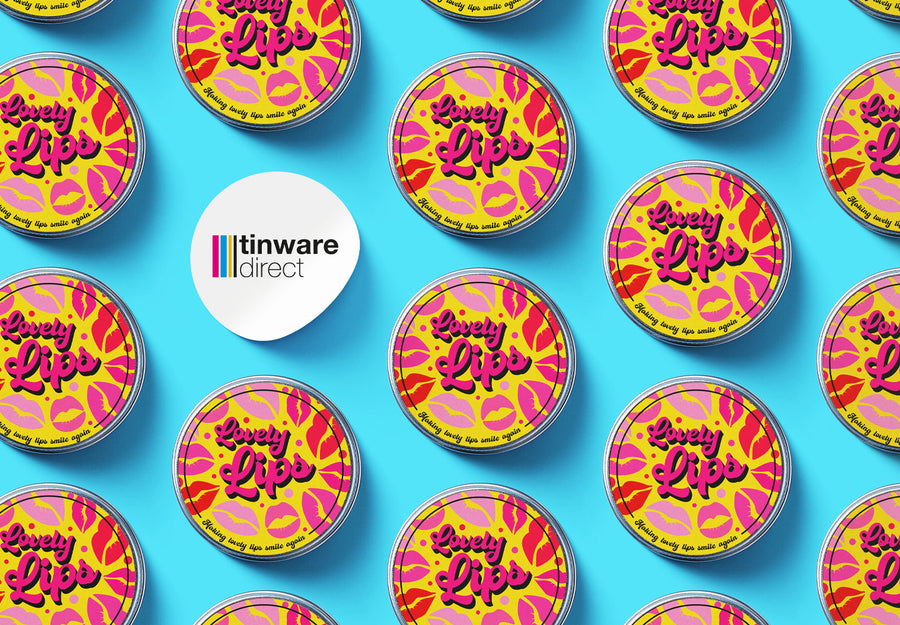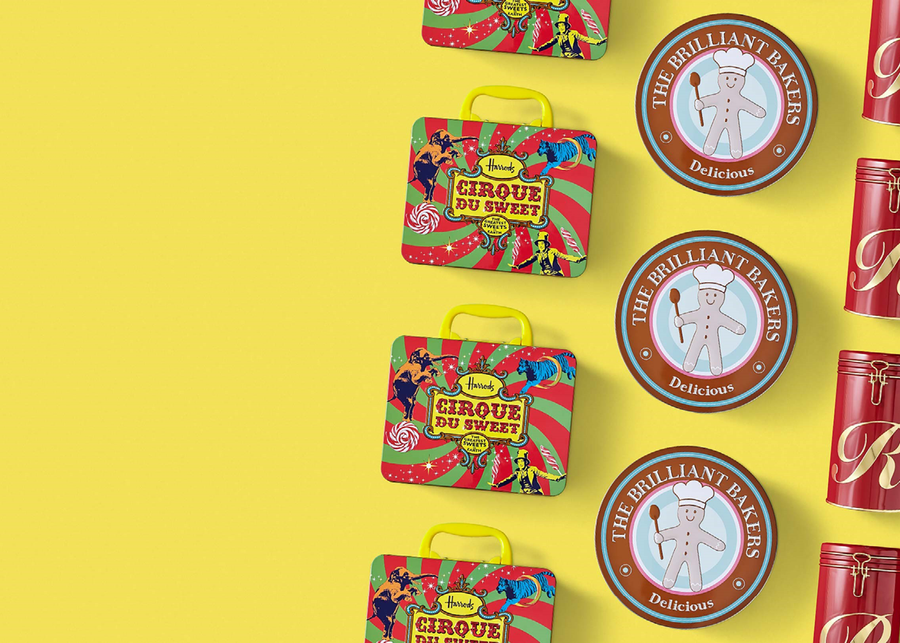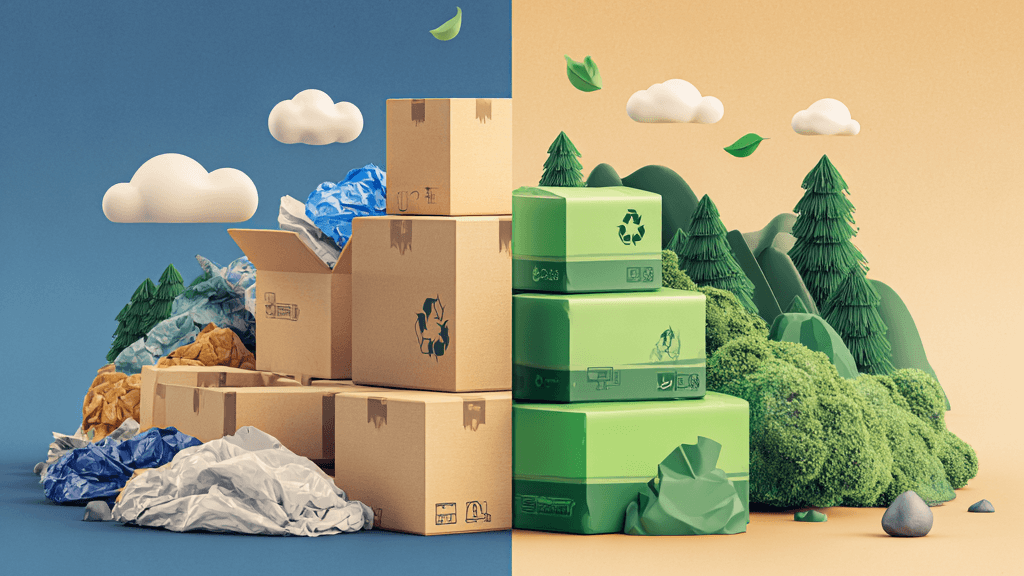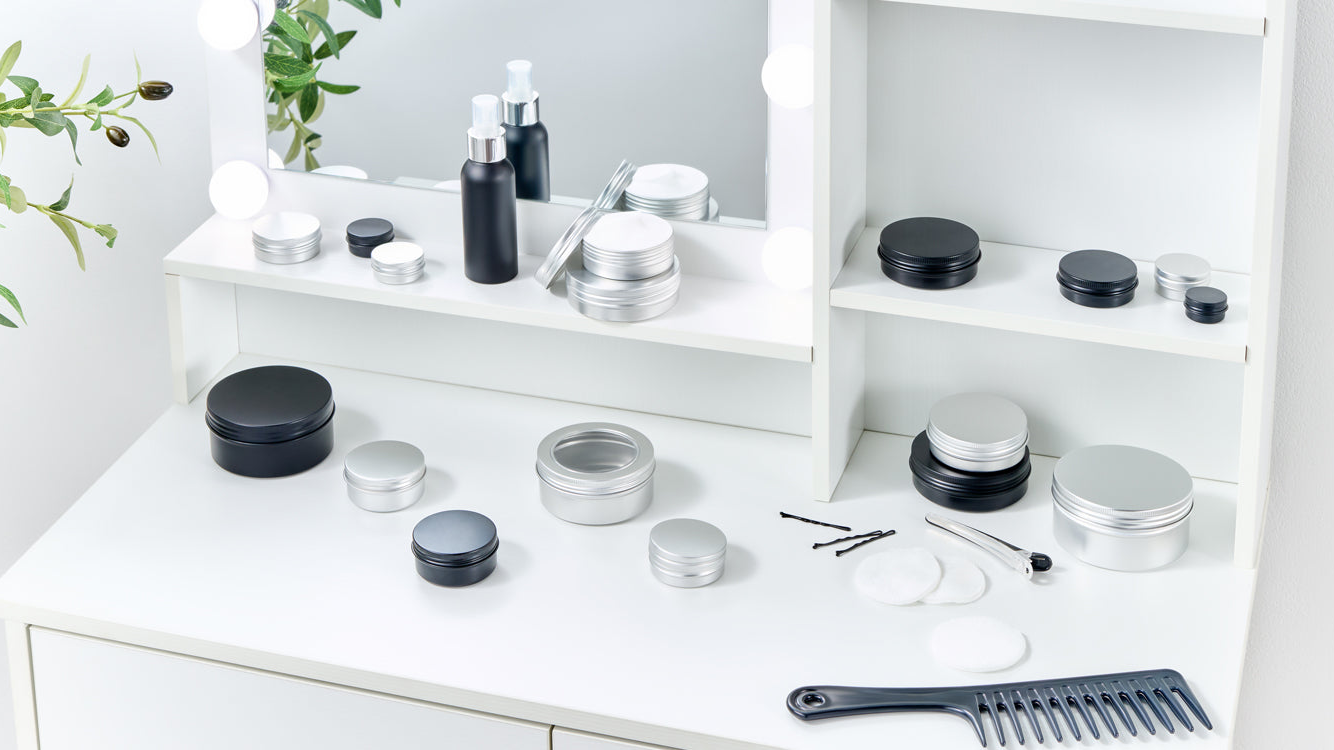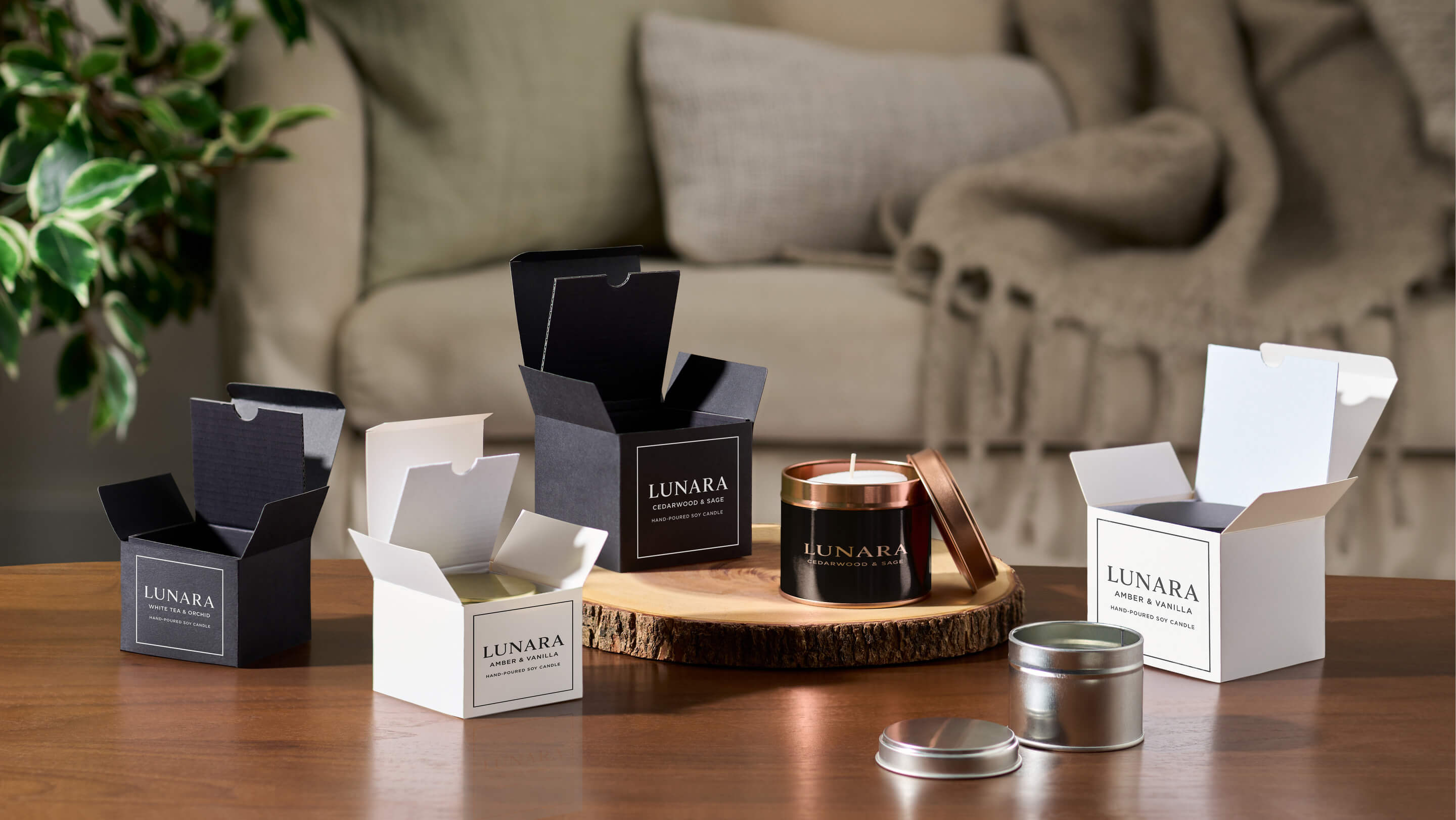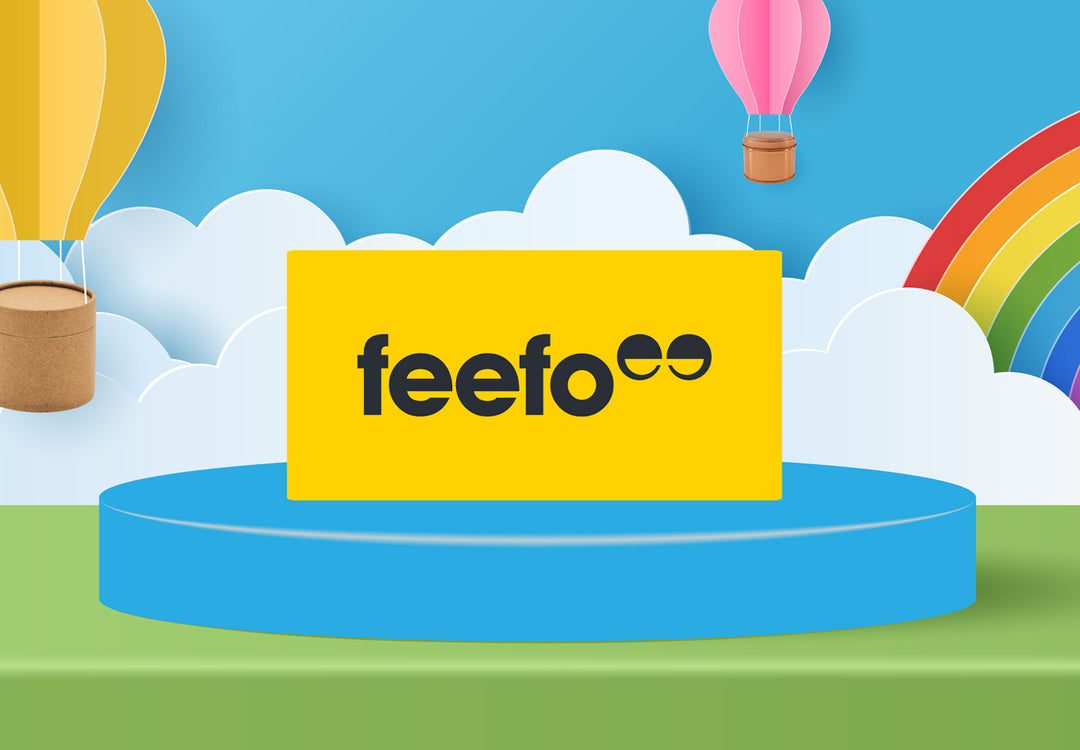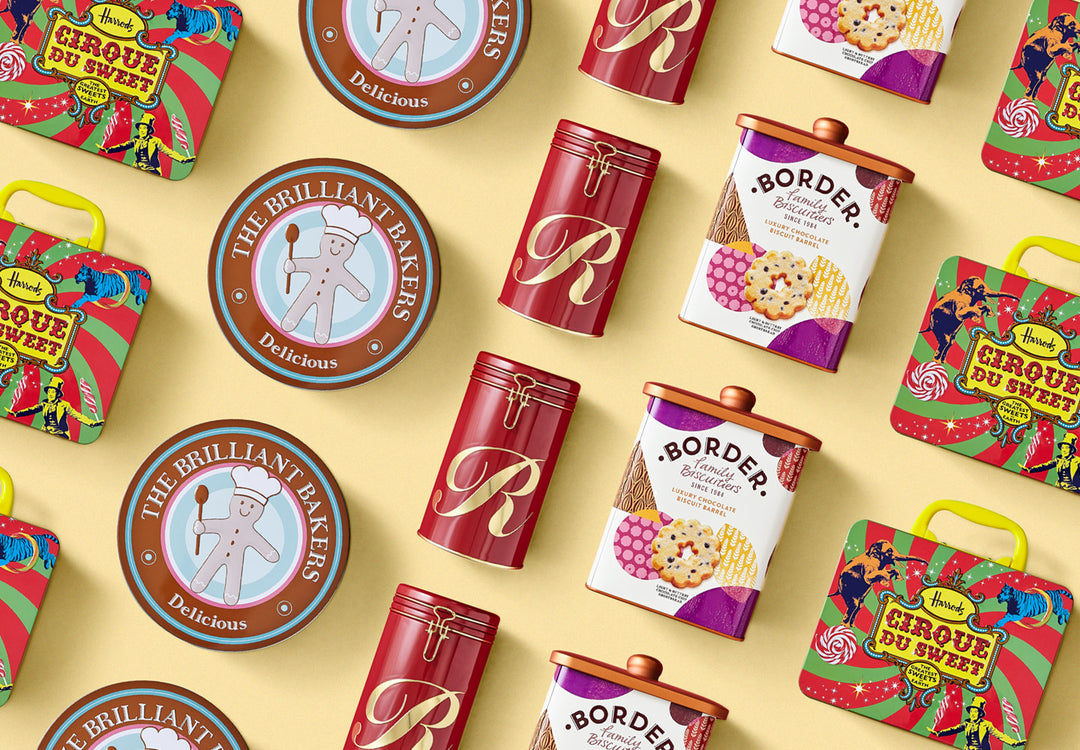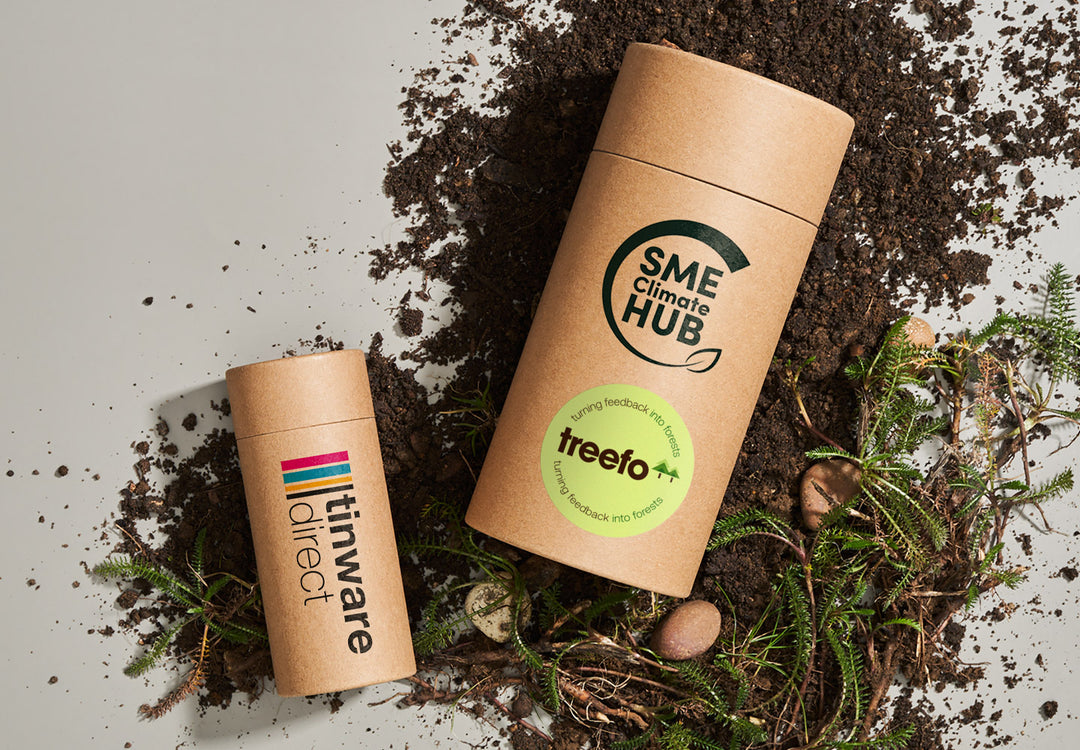How does cardboard get recycled?
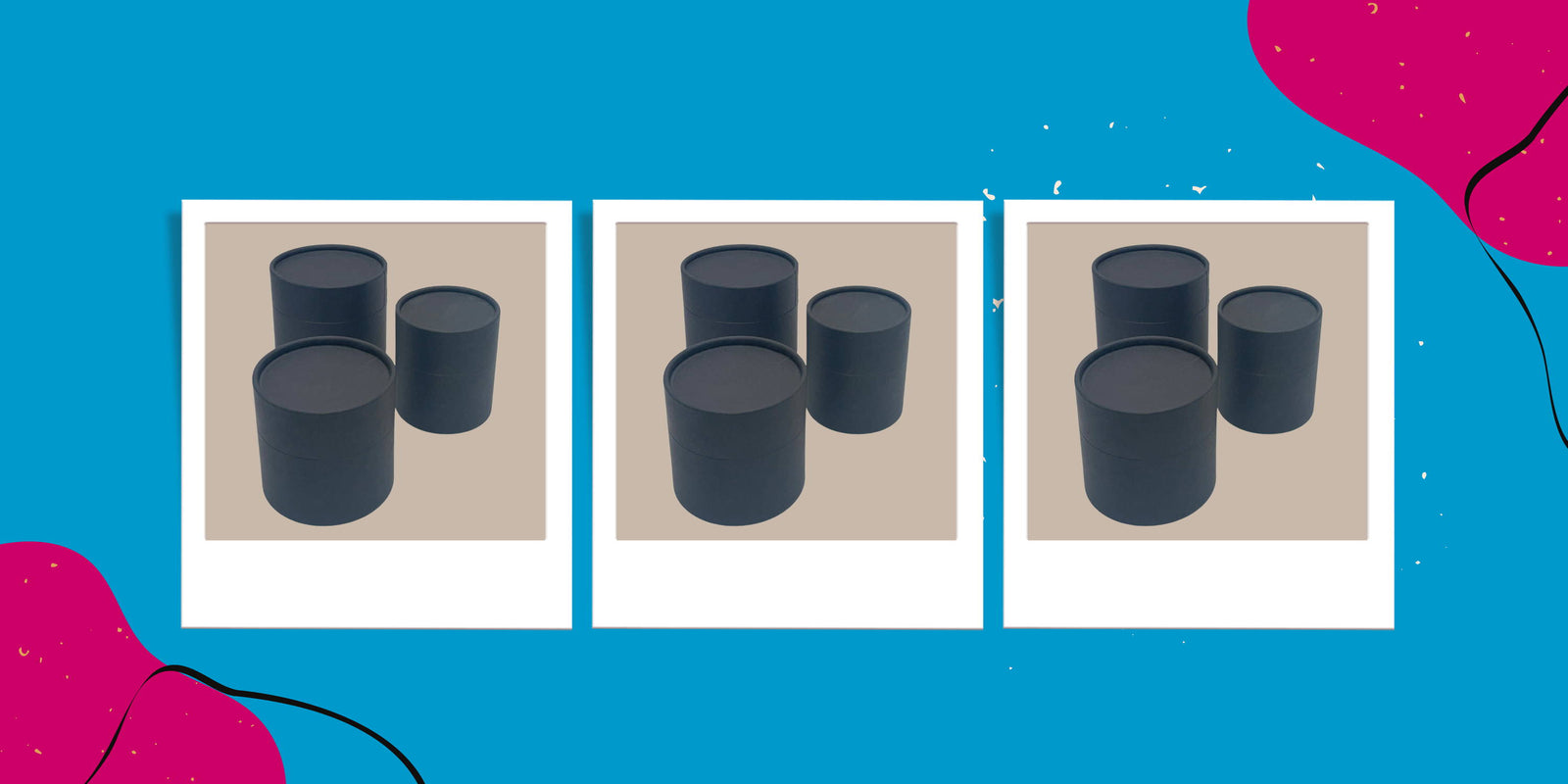
There can be some misunderstanding about what cardboard can be recycled. Recycling cardboard is pretty straightforward as it can all be recycled! It’s a high-quality material that can be recycled multiple times, and recycling cardboard also reduces processing pollution when creating new cardboard products from scratch.
As long as the cardboard is clean and dry then you can place it inside your recycling bin. Wet items can jam equipment and ruin good materials. Recycling cardboard is that easy!
How is cardboard recycled?
As all cardboards are different - made from different materials and processes, it first needs to be sorted. Then it’s shredded into smaller pieces to help it break down quicker.
Then it goes through a process known as pulping. Pulping is where the cardboard is mixed with water, helping to further break down the cardboard which makes the cardboard softer so it can be reformed into new products.
Often cardboard is mixed with tape, staples and plastic. So the pulp needs to be filtered to get rid of these materials. Filtered material that is reclaimed such as metal staples is also recycled.
Then more water is added, and the mixture is stirred before being pressed into sheets. At this point, the mixture can contain up to 90% water. These sheets are then rolled and dried to extract the water. A range of techniques is used to further dry the sheets such as vacuum rollers and steam heating.
During the final stage, the sheets are converted into new cardboard. The recycling processes can be different depending on the recycling factory, but the basic steps are: sorting, shredding, pulping, filtering, drying, pressing and rolling.
Is Cardboard Packaging Sustainable?
Cardboard packaging that is sourced in a responsible way is sustainable. By being responsibly sourced you should check that the cardboard comes from managed forests, reclaimed materials, recycled material or a combination of the three.
What is a managed forest?
There are a number of benefits to sourcing through the managed forest, such as ensuring there is no illegal logging, maintaining workers rights, upholding ‘Indigenous Peoples’ legal and customary rights of ownership and enhancing local communities. From a simple environmental view, however, the basic principle of managed forests is to ensure that for each tree that is cut down new ones are replanted or allowed to regenerate naturally. This process helps to remove carbon from the atmosphere with the end product(s) acting as a carbon store and helping to offset emissions from the manufacturing processes.
What is reclaimed material?
Reclaimed material is material that has been repurposed from its original use that is no longer suitable for that purpose or is not capable of being reused in the same process that generated it, for example, sawdust, off-cuts or damaged products.
In addition, post-consumer reclaimed materials are products that have been used for the end purpose intended and are ready to be recycled such as paper, and cardboard.
What about the sustainability of Tinware Directs cardboard tube packaging?
Tinware Directs cardboard tubes are manufactured from mixed sources, with each cardboard tube containing 70% recycled material and 30% from either reclaimed material or managed forest. We believe that this type of sourcing reduces carbon emissions from sourcing fully virgin material, whilst offsetting emissions through careful wood management.
Tinware Direct is also a member of the SME Climate Hub and One Tree Planted scheme which we use to manage our emissions responsibly, reducing where we can and offsetting when we can’t. We also do not use any single-use plastic within our products and all of our customer deliveries are carbon neutral
What about sustainability through reuse?
There are a number of ways to reuse packaging such as cardboard tubes and the durability of the product is key. When choosing your packaging, try to go for something that could be repurposed or refilled and reused. Not only does this further reduce the environmental impact it can also save you and your customer's money.
